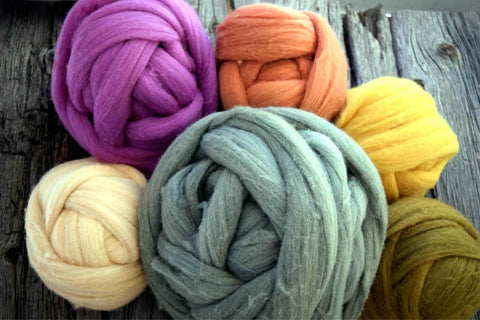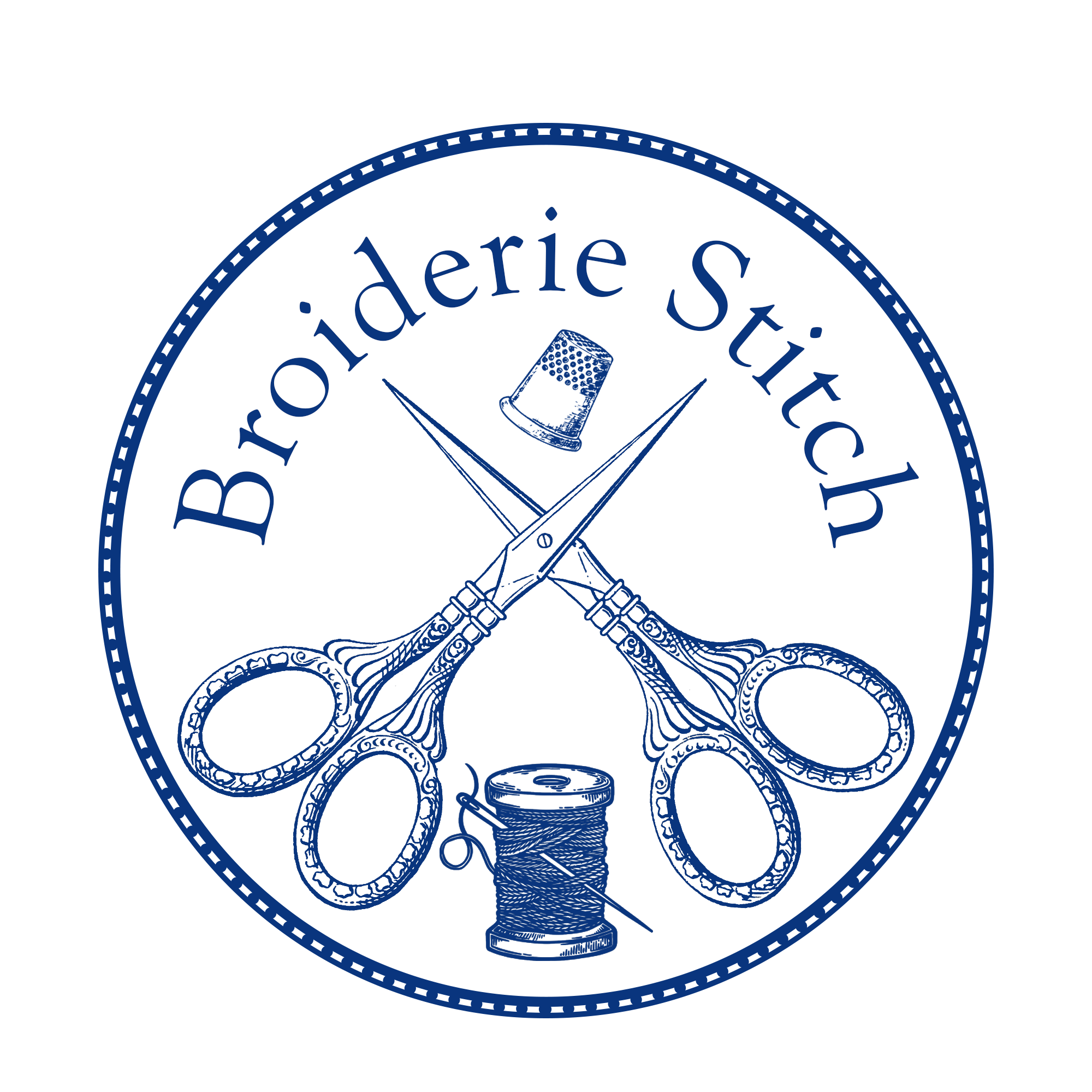Going Green
Our work is heavily influenced by John Ruskin and William Morris in style but more importantly in principles: craft, art, nature, and social ethics inform all our decisions. People can hardly make art when they are struggling to survive, so we pay a living wage and fight for a better, kinder world with donations, time off to vote, petitions, protests, and an eye to sustainability in everything we do.

Wool roving dyed with locally-sourced, sustainably-harvested mushrooms, lichens, and plants in preparation for a sweater.
Hankies vs. Tissues
The hankie vs. tissue debate may never end, though several things point to hankies (specifically linen hankies) being the most environmentally friendly. Tissues can’t be recycled, and typically cannot be composted well by normal means due to additives. They are often made from virgin lumber, not post-consumer recycled pulp, and are extensively bleached.
Handkerchiefs can be used again and again for years, lessening carbon waste. They take far less energy and far less water than paper tissues, even factoring in washing. Speaking of, think of your hankies like underwear and socks – a fresh one (or more, as needed) every day. Ours can be washed by hand or by machine, so you can toss them right in the hamper when they become soiled.

All our handkerchiefs are 100% Irish linen
Sustainability Benefits - Linen vs. Cotton
Linen, made from the flax plant, is one of our oldest cultivated fibers (archaeological evidence shows it used as woven fabric a stunning 36,000 years ago) and is one of the lowest-impact. As a bast fiber, it is far stronger than cotton, and softens over time without linting up. That, combined with its moisture-wicking and antibacterial properties, making it a favored choice for bandages.
Flax takes far less resources to grow, too. Only 6.4 liters of water are needed to make a linen shirt – compared to 2,700 liters to make a comparable cotton one, according to the European Confederation of Linen and Hemp.It requires less herbicides and pesticides, too. Additionally, more of the plant can be used – flax seed and linseed oil are both harvested from flax. Much of the growing, harvesting, and processing of flax into linen is done by hand, reducing carbon emissions and keeping alive traditional farming methods. European flax (like our Irish linen) sequesters 250,000 tonnes of CO2 a year, too. Unlike acrylic or polyester, linen is a natural fiber, which means it does not shed microplastics.
If you’re looking for the most minimally-processed linen hankies, our oatmeal handkerchiefs are not dyed or bleached – they are the lovely natural color of the flax fiber. You can find them here.
Recyclable/Biodegradable Packaging
Our boxes, envelopes, business cards, and unbleached kraft paper wrappers are all fully curbside-recyclable. Depending on your local recycling plant, they may or may not take tissue paper; if they do, great! Ours is compostable, so even if they don’t you can always put it in your compost bin as well as the little bow we tie your order up with, which is raffia, a compostable fiber as well.

Every year a little greener
Trees Planted
Every year, we plant trees through the National Forest Foundation to reforest after wildfires, aid in carbon sequestration, and provide habitat for at-risk species. We plant at least a hundred trees yearly. Our trees have sequestered more carbon than we could ever produce, making us not carbon-neutral but actively carbon-negative, meaning Broiderie Stitch is actually making the world a cooler place. So far (November 2022), we’ve planted 560 trees.
Reducing Studio Waste
Waste not, want not – and we do produce some waste knots and snips of thread stitching up orders. Whenever our snips teacup is full, we wrap up the snips to form the center of a new temari ball. Temari have been wrapped around scraps of cloth, thread, or rice hulls for hundreds of years, so this small but beautiful measure of sustainability has a long cultural background.
We buy our linen by the bolt from Ireland and cut it to have just a narrow strip of selvedge left over from a batch of hankies. It’s too good to throw away, so when we have a basket full, we dye them and quilt them together to make other articles.
We produce very little waste in the studio, and what isn’t reused in other ways like thread, linen, and scrap paper is recyclable. With luck our next studio location will be compost-friendly, and then we will be completely waste-free! Maybe we'll be able to stick some solar panels on the roof too…

About time for another temari - the snips cup is nearly full
